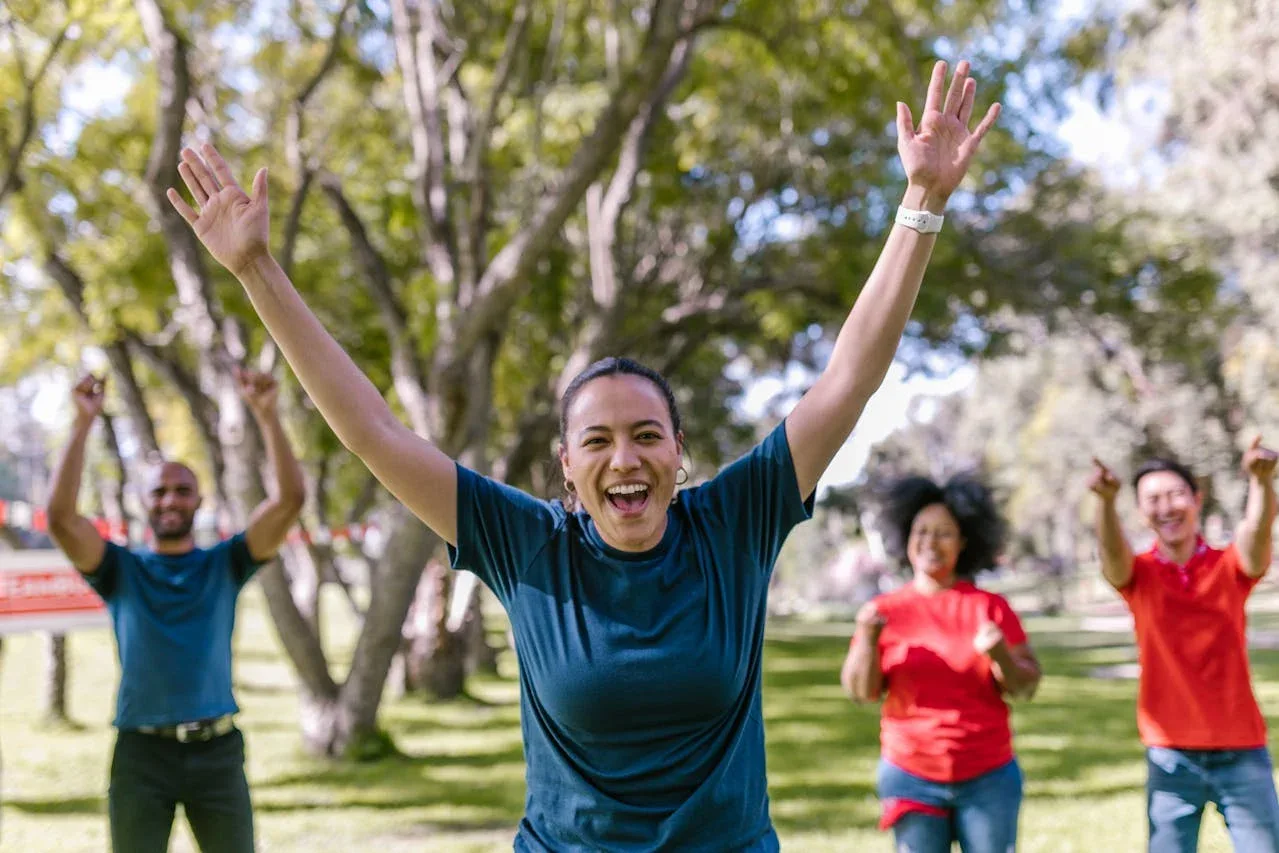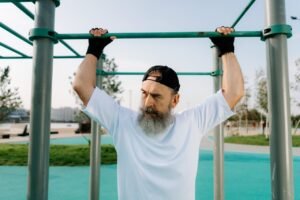Last Updated on October 15, 2025 by shawnshealth
💬 “Starting exercise at 40 isn’t about chasing perfection—it’s about reclaiming strength, energy, and confidence on your own terms.” This guide gives you 7 essential tips to make fitness easier, safer, and more sustainable—no matter your starting point.
Introduction: Starting Exercise at 40
Starting exercise at 40 can feel intimidating—but it’s also one of the most powerful decisions you’ll ever make. Whether you’re tired of feeling sluggish, worried about long-term health, or simply ready to reclaim your strength, this guide will show you how to start exercising at 40 with confidence. From boosting energy to protecting joints, these 7 essential tips are designed to help you move better, feel stronger, and stay consistent—no matter your starting point.

💪 Want a deeper dive into strength, mobility, and aging well? Check out our pillar post: Senior Fitness: 15 Essential Principles for Strength, Mobility & Healthy Aging
🧠. It’s packed with expert strategies to help you stay active, independent, and injury-free. And if you’re over 60, don’t miss Stay Strong After 60 🦴—a focused guide on building strength, protecting joints, and thriving in your later years.
Why Start Exercising at 40?
- Improves Heart Health: Reduced risk of cardiovascular diseases.
- Builds Strength: Preserves muscle mass and bone density.
- Boosts Energy: Enhances daily energy levels.
- Supports Mental Health: Reduces stress and anxiety.
- Increases Longevity: Promotes a longer, healthier life.
What Are the Benefits of Exercising at 40?
- Weight Management: Helps control body fat and metabolism.
- Improved Flexibility: Prevents stiffness and enhances mobility.
- Enhanced Mood: Boosts endorphin levels and overall happiness.
- Stronger Bones: Reduces the risk of osteoporosis.
- Better Sleep: Promotes deeper, more restful sleep.
How to Start Exercising at 40?
- Start Slow: Begin with low-impact activities like walking.
- Set Realistic Goals: Aim for gradual improvements.
- Focus on Variety: Include strength, cardio, and flexibility exercises.
- Listen to Your Body: Avoid overexertion or injury.
- Stay Consistent: Make exercise a regular habit.
Table of Contents
Medical Disclaimer: This content is for informational purposes only. Consult a healthcare professional before making any health or fitness changes.
Amazon Affiliate Disclaimer: As an Amazon Associate, I earn from qualifying purchases.
🎥 Ready to move smarter, not harder? This short video from Al Kavadlo delivers practical, no-nonsense advice for getting fit after 40—without the fluff. Whether you’re a woman navigating midlife changes or someone younger looking for a simple, effective workout that actually fits real life, this clip sets the tone for everything that follows.
Always consult your doctor before starting any new exercise program. The author is not responsible for injuries or health issues arising from the use of this information.
As an Amazon Associate, I earn from qualifying purchases. This means I may receive a commission if you purchase through links on this site, at no extra cost to you.
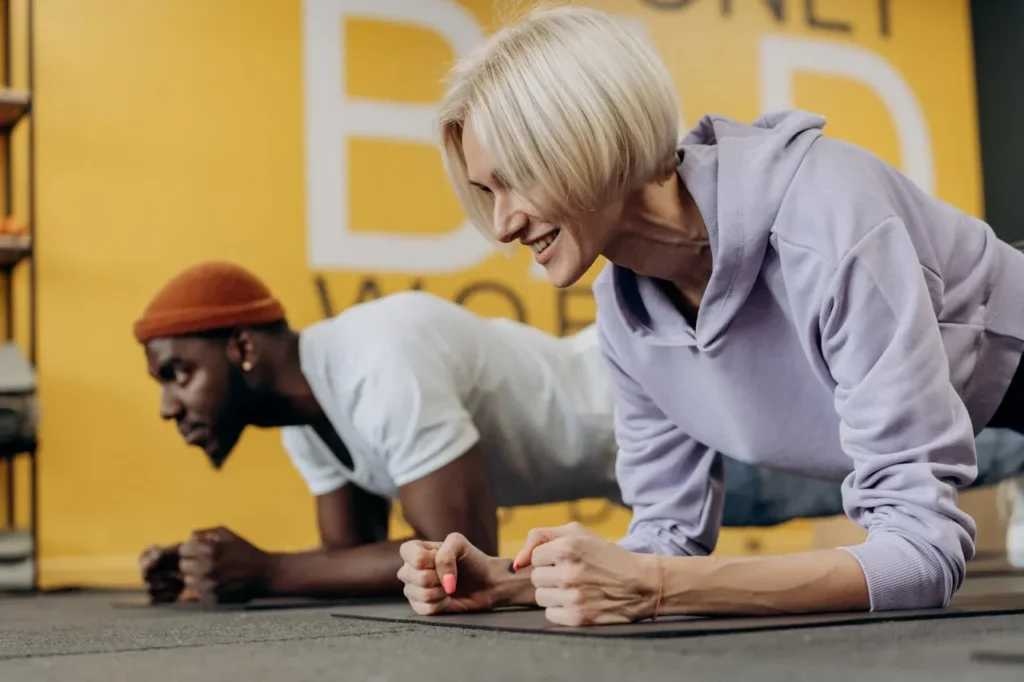
Why Start Exercising at 40?
Starting exercise at 40 boosts overall health, increases energy, strengthens bones, improves mood, and reduces the risk of chronic diseases. It’s never too late to improve fitness and enjoy long-term benefits.
Benefits of Starting Exercise at 40
- Improved Cardiovascular Health: Regular exercise helps reduce the risk of heart disease by improving blood circulation and lowering blood pressure.
- Increased Strength and Flexibility: As we age, maintaining muscle mass and joint flexibility becomes crucial. Starting exercise at 40 helps prevent the natural decline in muscle strength and flexibility.
- Weight Management: Starting exercise at 40 can help you manage your weight more effectively, reducing the risk of obesity-related conditions such as diabetes.
- Mental Well-being: Physical activity releases endorphins, which are natural mood lifters. This can help reduce stress, anxiety, and depression.
- Enhanced Longevity: Regular exercise has been linked to a longer, healthier life, reducing the risk of chronic diseases and improving overall quality of life.
🧠 It’s never too late to get fit—Harvard Health says so. Discover how exercise at any age can boost strength, energy, and longevity in this expert-backed article: 👉 It’s Never Too Late to Get in Better Shape – Harvard Health 💪
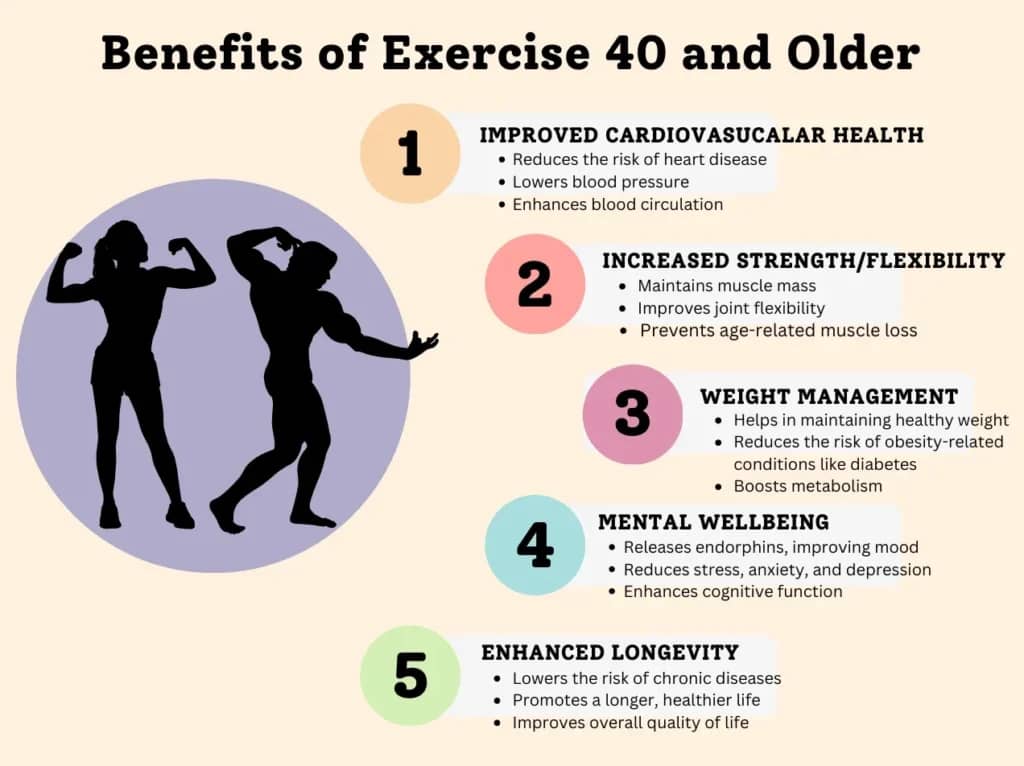
Tip 1: Set Realistic Goals
When starting exercise at 40, it’s important to set realistic and achievable goals. This will help you stay motivated and avoid burnout. Consider the following:
- Short-term Goals: Aim for small, manageable goals such as walking for 30 minutes a day or completing a beginner’s yoga session.
- Long-term Goals: Think about where you want to be in six months or a year. This could include running a 5k, losing a certain amount of weight, or improving your overall fitness level.
Setting clear goals will give you direction and a sense of accomplishment as you reach each milestone. Write down your goals and track your progress regularly to stay motivated.
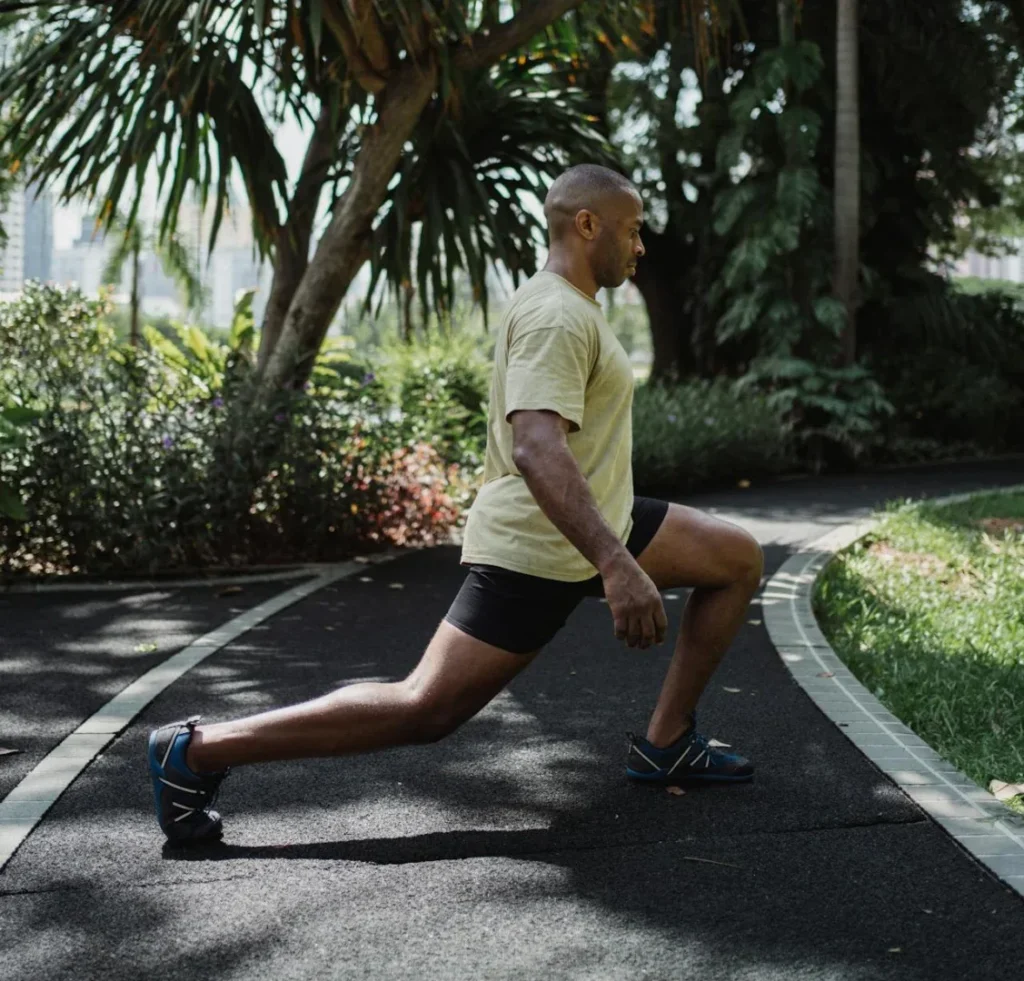
Tip 2: Start Slow and Gradual
If you’ve never exercised before or it’s been a while since you last worked out, start slow. Gradually increase the intensity and duration of your workouts to prevent injury and build endurance.
- Begin with Low-Impact Activities: Walking, swimming, and cycling are great options for beginners. These exercises are gentle on the joints while providing cardiovascular benefits.
- Progress Over Time: As your fitness level improves, gradually introduce more challenging exercises such as strength training or high-intensity interval training (HIIT). Aim to increase the duration and intensity of your workouts by about 10% each week.
Remember, it’s essential to listen to your body and avoid pushing yourself too hard, especially in the beginning.
🏋️♂️ Master your strength—no gym required. Check out our guide to building real-world power and stamina using just your body: 👉 Mastering Bodyweight Training for Strength & Endurance 💥. Perfect for beginners, over-40 fitness, or anyone craving simplicity with serious results.
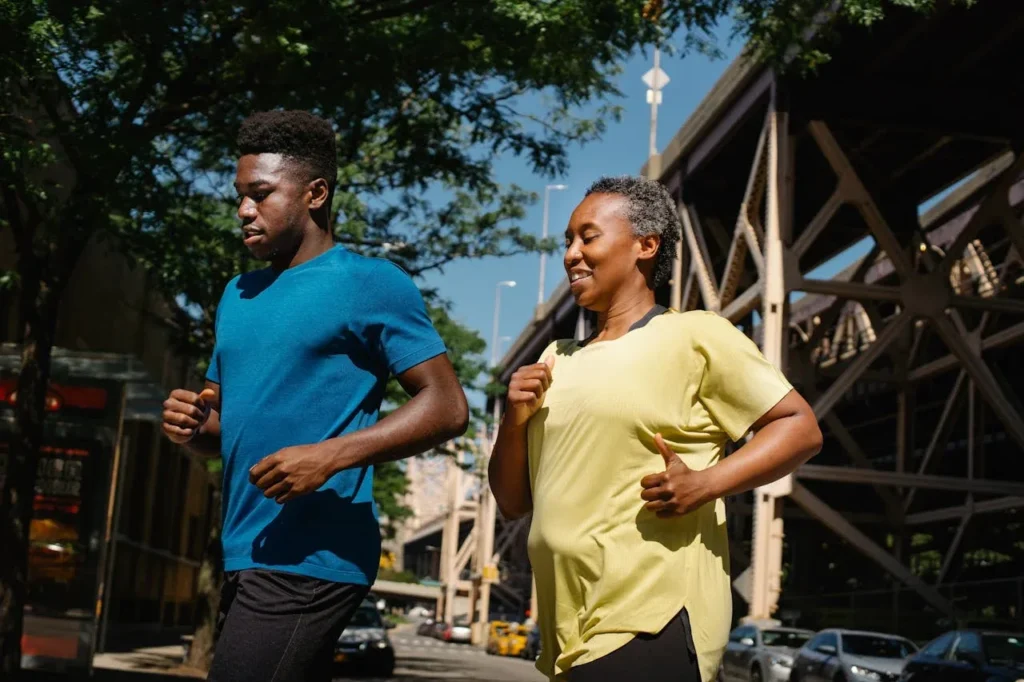
Tip 3: Incorporate Strength Training
Strength training is essential for maintaining muscle mass and bone density, which naturally decline with age. Incorporate exercises that target all major muscle groups, such as:
- Bodyweight Exercises: Push-ups, squats, and lunges are effective and can be done anywhere. These exercises use your own body weight as resistance, making them accessible and convenient.
- Weightlifting: Use free weights or resistance machines to add variety and challenge to your workouts. Start with lighter weights and focus on proper form to prevent injury.
Strength training not only helps build muscle but also boosts your metabolism, making it easier to maintain a healthy weight. Starting exercise at 40 with a focus on strength training will yield significant benefits in muscle retention and overall strength.
🦵 Strength training isn’t just about muscle—it’s about movement, stability, and longevity. Learn how it boosts mobility, balance, and overall health for older adults in this expert-backed guide: 👉 Strength Training for Seniors: Benefits & Sample Exercises
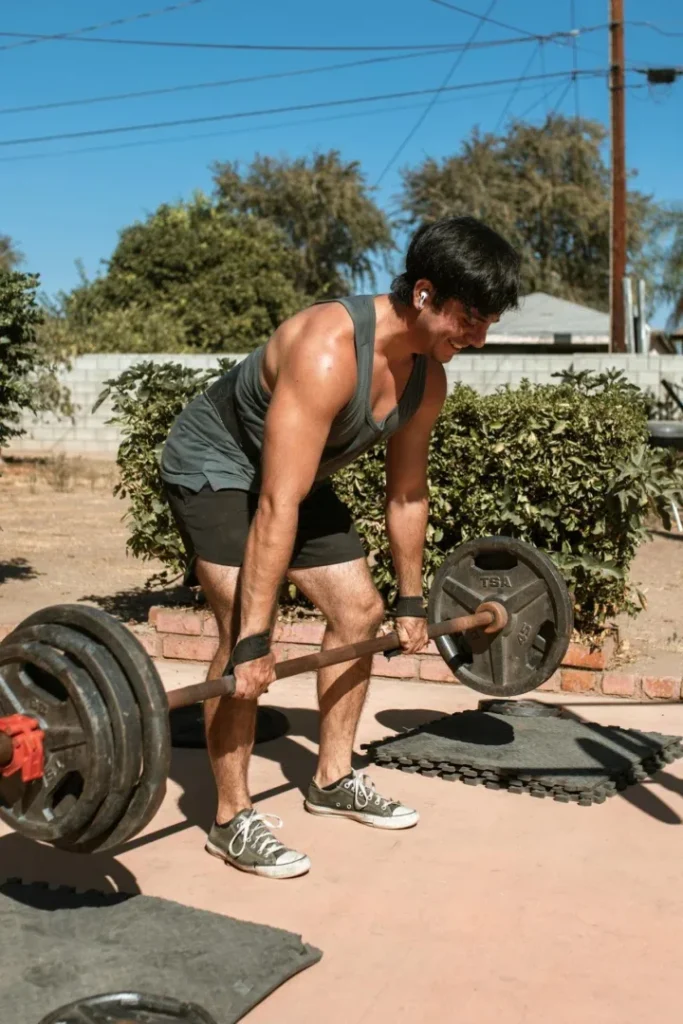
Tip 4: Prioritize Flexibility and Balance
Flexibility and balance exercises are crucial for preventing injuries and improving overall mobility. Include activities such as:
- Yoga: Improves flexibility, balance, and mental clarity. Yoga combines stretching, strength, and relaxation, making it an excellent addition to any fitness routine.
- Tai Chi: Enhances balance and coordination, reducing the risk of falls. Tai Chi is a gentle form of martial arts that emphasizes slow, controlled movements and deep breathing.
Incorporating these exercises into your routine will help you move more freely and confidently in your daily life. Starting exercise at 40 with a focus on flexibility and balance will greatly improve your overall physical condition.
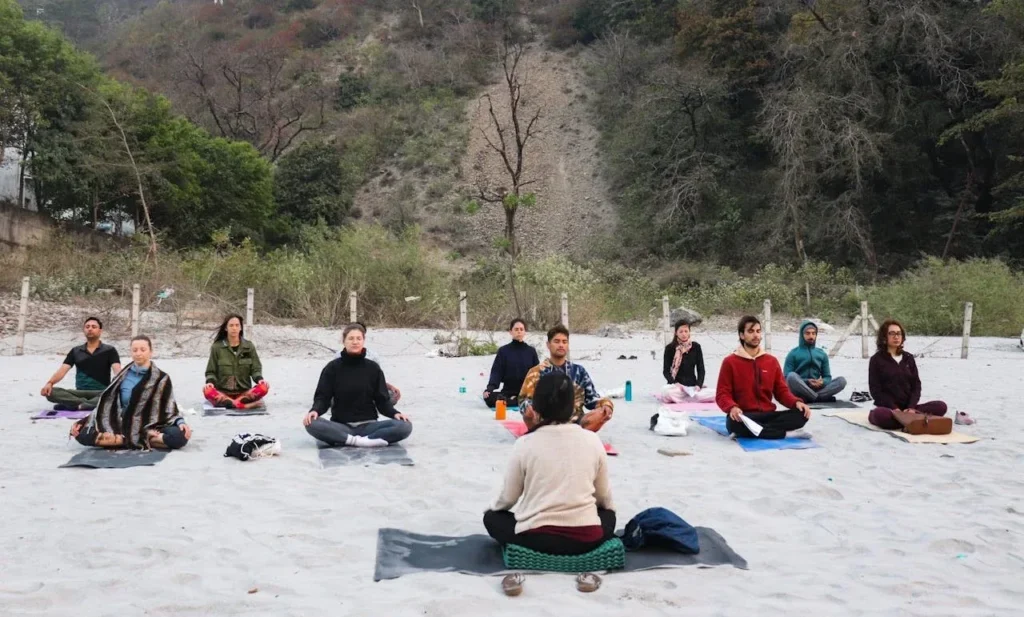
Tip 5: Stay Consistent
Consistency is key to seeing results from your exercise routine. Here are some tips to help you stay on track:
- Create a Schedule: Set specific days and times for your workouts. Treat them as non-negotiable appointments with yourself.
- Find a Workout Buddy: Exercising with a friend can increase accountability and make workouts more enjoyable. Having someone to share your fitness journey with can provide extra motivation.
- Track Your Progress: Use a fitness app or journal to log your workouts and track improvements. Seeing your progress over time can be incredibly motivating and help you stay committed.
Remember, it’s better to work out consistently at a moderate level than to push yourself too hard and risk burnout or injury. Starting exercise at 40 and maintaining consistency will ensure you reap the long-term benefits.
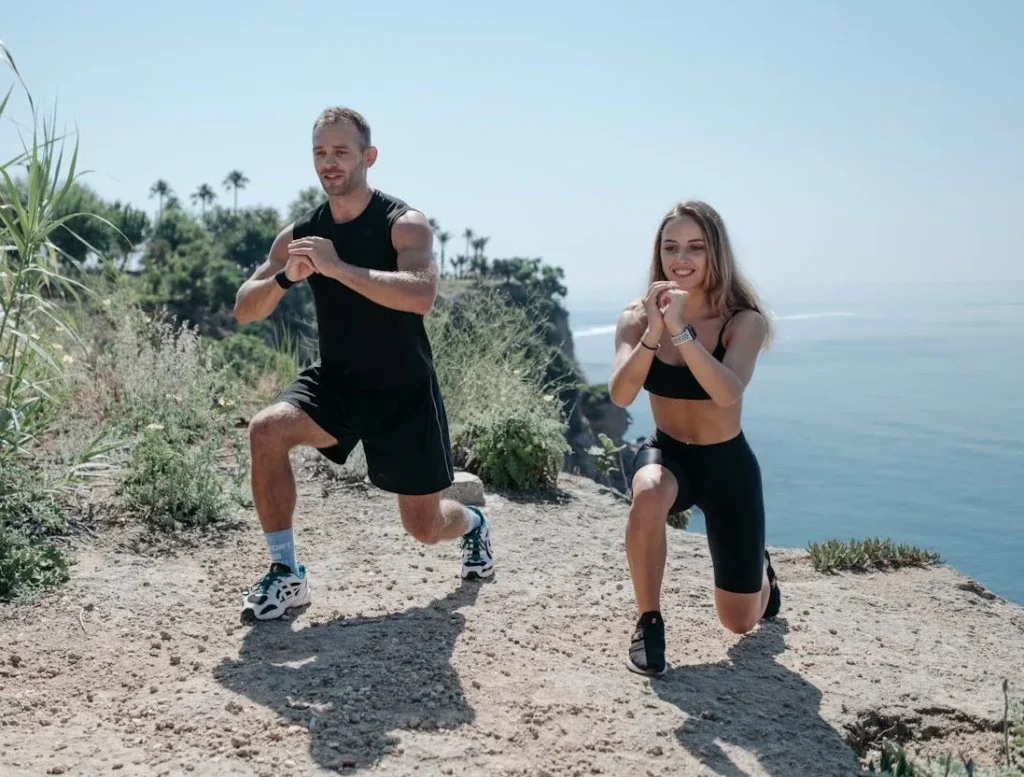
Tip 6: Listen to Your Body
It’s important to pay attention to your body and avoid pushing yourself too hard. Signs that you may need to slow down or take a break include:
- Persistent Pain: If you experience pain that lasts more than a few days, consult a healthcare professional. Ignoring pain can lead to more serious injuries.
- Excessive Fatigue: Feeling constantly tired may indicate that you need more rest or are overtraining. Ensure you’re getting enough sleep and allowing your body to recover between workouts.
- Injury: Take time to recover from injuries to prevent further damage. Follow the RICE method (Rest, Ice, Compression, Elevation) for minor injuries, and seek medical advice for more serious issues.
Listening to your body will help you stay healthy and avoid setbacks on your fitness journey. Starting exercise at 40 with a mindful approach to your body’s signals is crucial for long-term success.
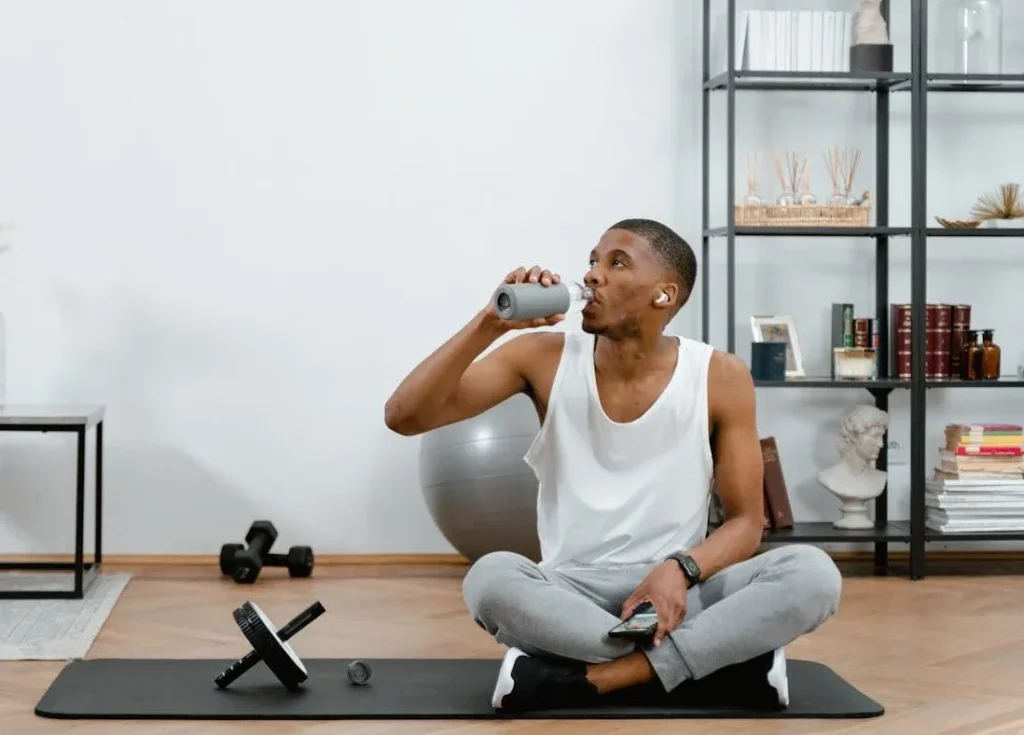
Tip 7: Consult a Professional
Working with a fitness professional can provide personalized guidance and ensure that you’re exercising safely and effectively. Consider:
- Personal Trainers: They can create a customized workout plan based on your fitness level and goals. A personal trainer can also teach you proper form and technique, reducing the risk of injury.
- Physical Therapists: If you have existing health conditions or injuries, a physical therapist can help you develop a safe exercise routine. They can provide specific exercises to address any limitations or weaknesses you may have.
Investing in professional guidance can set you on the right path and help you achieve your fitness goals more efficiently. Starting exercise at 40 with the help of a professional can make your journey smoother and more effective.
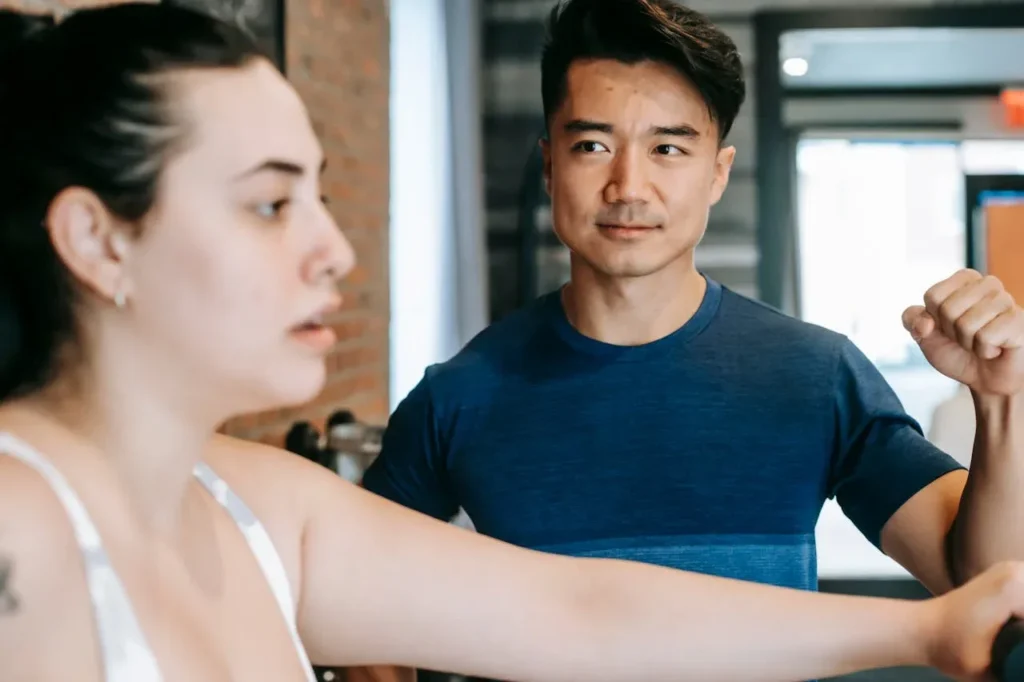
Additional Tips for Success
- Stay Hydrated: Drink plenty of water before, during, and after your workouts to stay hydrated and maintain energy levels.
- Fuel Your Body: Eat a balanced diet rich in whole foods, including plenty of fruits, vegetables, lean proteins, and healthy fats. Proper nutrition supports your workouts and aids in recovery.
- Get Enough Sleep: Aim for 7-9 hours of quality sleep each night to allow your body to recover and recharge.
- Stay Positive: Keep a positive mindset and celebrate your achievements, no matter how small. Every step forward is progress.

Conclusion
Starting exercise at 40 isn’t just about fitness—it’s about reclaiming control, confidence, and energy. You don’t need perfection. You need momentum. With the right mindset and a few smart strategies, you can build a routine that fits your life and fuels your future. So take the first step—your body will thank you, and your future self-will too.
📋 Want to build a fitness routine that actually sticks? Learn how to plan, start, and stay consistent with your workouts—step by step—in this expert-backed guide from Mayo Clinic: 👉 Fitness Program: 5 Steps to Get Started – Mayo Clinic 🏃♂️💡
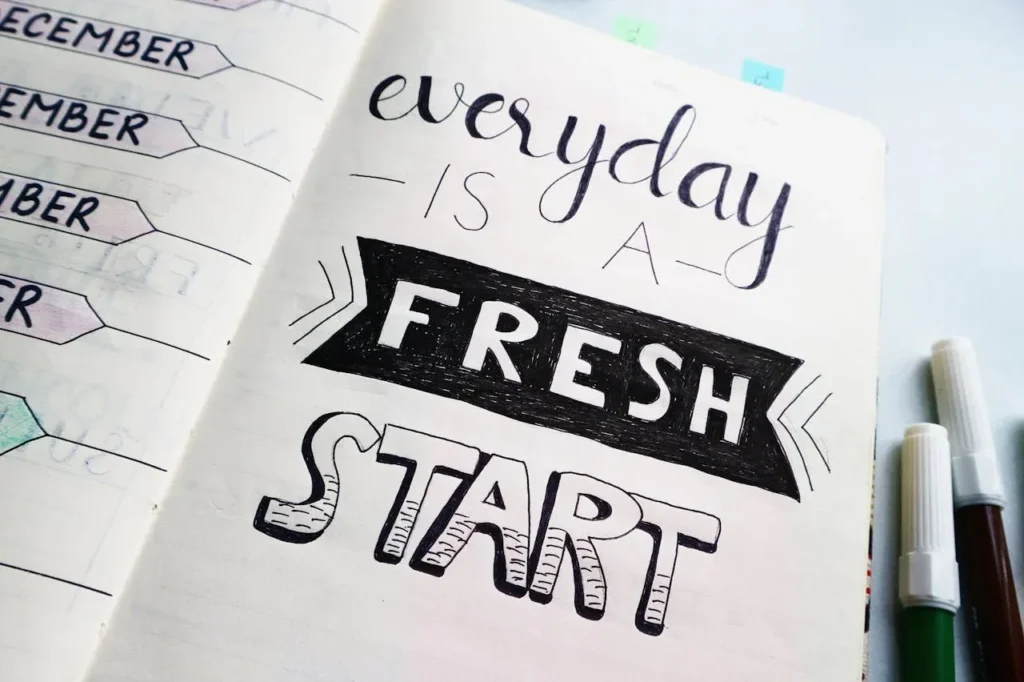
🔥 Smart gear for real-life workouts after 40
Looking to make exercise easier, safer, and more consistent? These top-rated picks—from resistance bands to joint-friendly mats—can help you build strength, protect your body, and stay motivated. 👉 Explore recommended gear on Amazon
❓ Frequently Asked Questions About Starting Exercise After 40
🕒 Is it too late to start exercising at 40?
Not at all. Starting exercise at 40 can dramatically improve your strength, energy, and long-term health. It’s never too late to build momentum and feel better in your body.
🏃♀️ What type of exercise is best for beginners over 40?
Begin with low-impact workouts like walking, resistance bands, or bodyweight exercises. These protect your joints while building strength and endurance. Add flexibility and balance work—like yoga or stretching—for full-body benefits.
📅 How often should I work out?
Aim for 3 to 5 days per week, with at least 150 minutes of moderate activity spread throughout. Consistency matters more than intensity—start small and build gradually.
👩⚕️ Do I need to see a doctor before starting?
If you have chronic conditions, past injuries, or haven’t exercised in years, a quick check-in with your doctor is smart. It ensures safety and may help tailor your plan.
🛡️ How can I prevent injuries?
Warm up, cool down, and use proper form. Avoid overexertion and listen to your body—especially when trying new movements. Progress slowly and prioritize recovery.
💪 Can I build muscle after 40?
Yes. Strength training 2–3 times per week helps preserve and build muscle, especially when paired with protein-rich meals and quality sleep.
🥗 What should I eat to support my workouts?
Focus on lean proteins, whole grains, healthy fats, and plenty of fruits and vegetables. Stay hydrated, and consider a light snack before workouts to fuel your energy.
⏳ How long until I see results?
You may notice better energy, mood, and sleep within 2–4 weeks. Visible changes in strength or body composition often show up around 6–12 weeks with consistent effort.
🧘♂️ What if I have joint pain or stiffness?
Choose joint-friendly exercises like swimming, cycling, or chair yoga. Avoid high-impact moves and focus on mobility work to reduce stiffness and improve range of motion.
🧠 How does exercise affect mental health after 40?
Regular movement boosts mood, focus, and stress resilience. It helps regulate hormones, improves sleep, and can reduce symptoms of anxiety or depression.
🧢 What gear do I need to get started?
You don’t need much. A good pair of shoes, a yoga mat, and resistance bands are enough to begin. Start simple—add gear only when it supports your goals.
🔁 What if I fall off track?
It’s normal. Life happens. The key is to restart without guilt. Even a short walk or stretch session can reset your momentum. Progress isn’t linear—it’s built on consistency, not perfection.
⚖️ What if I’m overweight or out of shape?
Start with gentle, low-impact movements like walking, water aerobics, or seated exercises. Focus on consistency and comfort—not intensity. Every step counts, and your body will adapt with time.
🦴 Can I exercise safely with arthritis?
Yes. Choose low-impact, joint-friendly activities like swimming, tai chi, or resistance bands. Avoid high-impact moves and prioritize mobility, flexibility, and gradual strength building. Movement can actually reduce stiffness and improve joint function over time.
He will renew your life and sustain you in your old age. – Ruth 4:15

